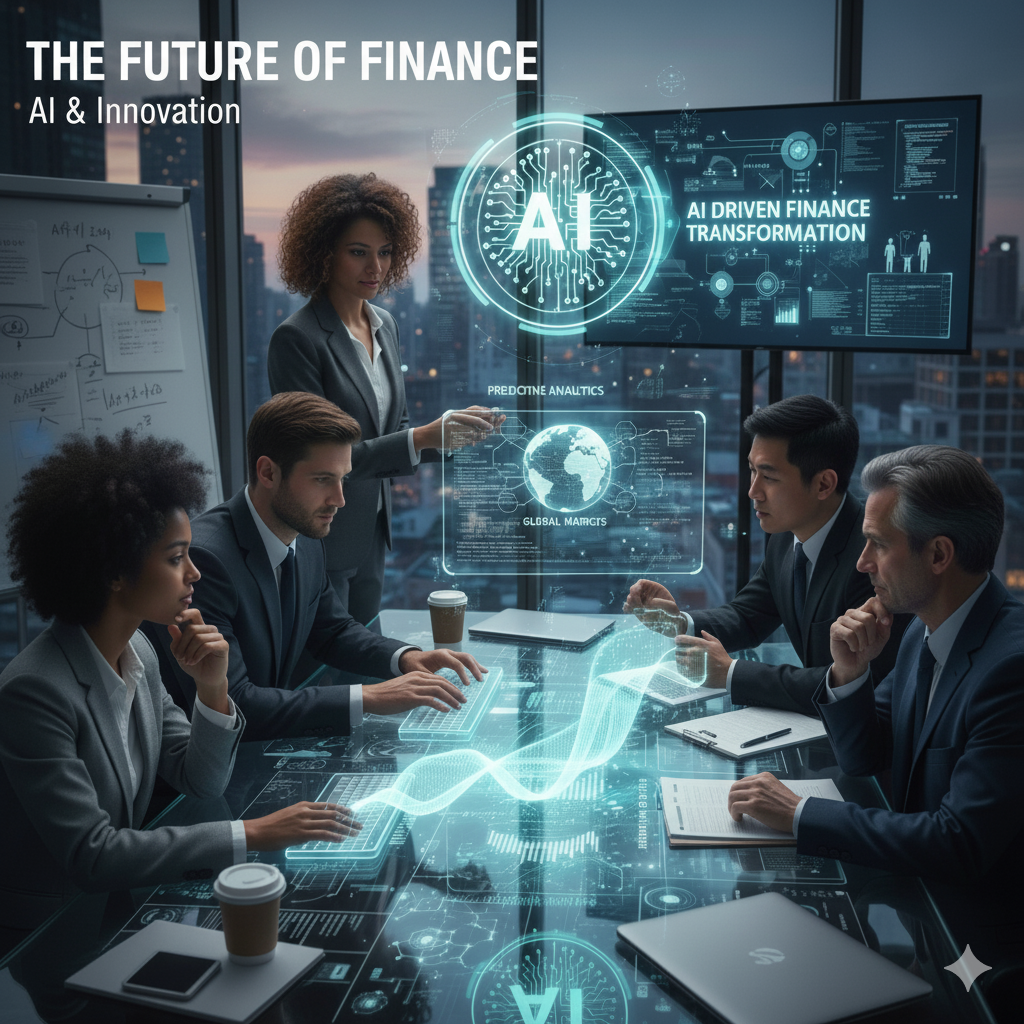The F1 Lesson Every CEO Is Missing: Why Your Pit Crew Determines Your Customer Race
Lessons from the Racetrack
Most executives study customer experience from the safety of the boardroom.
Brad Pitt’s character in F1 did something radically different. And it gave me a new perspective on how to think about customer strategy.
The Track-Running Executive
Before every race, Brad Pitt’s character ran the entire track on foot. Not to stay fit but to understand every curve, bump, and blind spot his car would face at 200 mph.
Then something remarkable happened: his pit crew started running with him.
This is what true leadership looks like. Most executives analyze customer journey maps in meetings but have never:
- Called their own support line
- Tried to sign up like a new customer
- Felt the frustration of a billing error firsthand
When leaders and frontline teams experience customer pain together, everything changes.
- They stop debating survey scores.
- They start solving real problems.
- They develop a shared language around what truly matters.
- They understand why seconds matter in every customer interaction.
Your Pit Crew Determines the Race
Here’s what Brad Pitt’s character understood that many CEOs miss: The driver might get the glory, but the pit crew determines whether the driver can compete.
Your pit crew is made up of:
- The service rep handling a tough escalation
- The onboarding specialist guiding a nervous new client
- The billing team trying to fix a payment issue before a customer walks away
These moments decide the race for your business.
Yet, too often, these teams are treated as cost centers. Product, sales, and strategy teams get the spotlight while frontline employees, the ones who see every customer interaction, are left out of the room.
Here’s the hard truth: Your frontline teams know more about your customer experience gaps than anyone in your executive suite. They hear the complaints. They see the broken systems. They witness the moments when a customer chooses to stay or leave.
The Integration That Changes Everything
When leaders “run the track” with their teams and elevate frontline voices, transformation accelerates:
- Shared understanding builds trust. Leaders stop seeing support tickets as interruptions and start viewing them as a window into customer reality.
- Frontline teams become partners. When they have a voice in decisions, they share insights no dashboard or consultant can surface.
- Customer experience becomes everyone’s job. It’s no longer a problem for one department to solve.
The Executive Challenge
When was the last time you experienced your own customer journey?
Not observed it.
Felt it.
Felt the hold times. Felt the website glitches. Felt the frustration of being passed around between teams.
And how are you including your frontline teams today? Are they simply reporting problems, or are they sitting at the table solving them with you?
Your customers don’t care about your org chart. They care about whether the person helping them in the moment makes things better or worse.
Those employees are either your competitive advantage or your greatest risk.
In F1, races are won or lost in the pit stops. The same is true for your business.
What would change if you started running the track with your pit crew?


